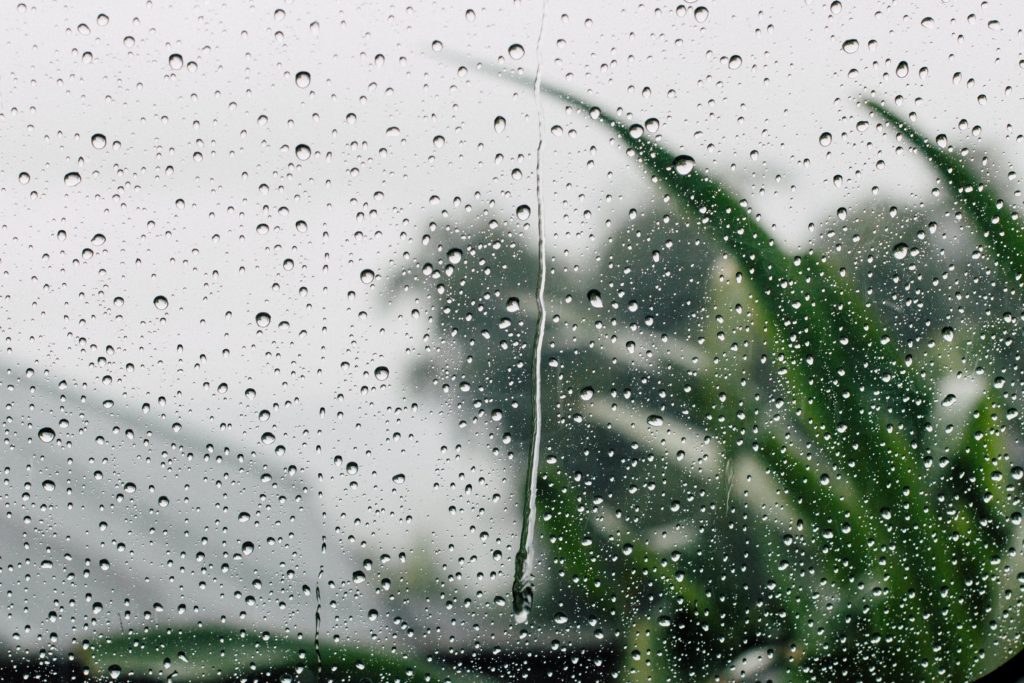With quite a bit of rain in the forecast, what should we do? Let’s start with getting excess water off the roof and out of the yard. The short recent drought was enough to get some trees to drop quite a few leaves, so check your gutters and downspouts and clear them if needed.
Check downspout exits to see that the ends have not been crimped closed by wayward mower wheels, and that there are not bags of mulch or pots or bricks obstructing their flow. Same goes for drainage pathways away from rainfall off the roof, removing any boxes, bags, etc. that would slow the flow of excess rainfall trying to exit the yard.
A common problem is where the bottom of the fence has inadequate clearance above the ground, and so grass, leaves, and branches get caught at the base of the fence and create a dam that allows water to get high enough to flow into the house. Mow grass or use a weed trimmer along flow pathways, as water will move much faster over short grass.
If you have an automatic irrigation system, turn it off now! Assuming you get 1″ or more of rainfall, wait a week, then check soil to see if the lawn is ready for water again. Turn the system back on when it is hard to push a screwdriver into the soil because it is dry.
Mosquitos will be a problem on the other side of these rains. Be sure to turn wheelbarrows and other potential vessels over to prevent accumulation of water that would hatch mosquitos. Mosquito Dunks or Mosquito Bits (for saucers or birdbaths) will prevent mosquitos from hatching in standing water, without harming any other organisms. We will also have Mosquito Beater sprays and granules to help control adult mosquitos.
Caterpillars are also likely to be a problem after the rains. Some caterpillars will become beautiful butterflies, but others will become small nondescript moths that will then lay more eggs and eat until your lawn is gone! So, ask us about any potential problem you may have. We can tell you whether treatment is warranted or not, and if so, what is the safest and most sensible method of control.

–James Gill



Carlos H Valdez Sr says
Thank you James,
lynne fleming says
Thank you for helpful info prepping for “maybe” flooding problems coming our way..